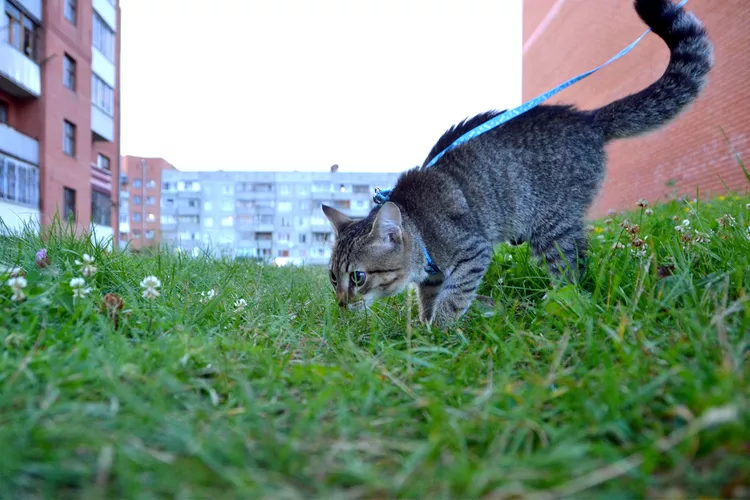
Some nay-sayers will grumble that cats cannot be trained. That is not true. Cats are extremely trainable and often are trained based on signals rather than commands. You've also probably already trained your cat to come when an appropriate signal is given. Think about what happens when the can opener "whirrs" or kibble hits the bowl. The cat comes running, right? Your cat has learned a signal (can opener, rattle in the bowl) that corresponds to something the cat likes (food) and is rewarded for coming (eating). These natural responses are what a cat trainer would point out as natural training responses.
If you simply start using the word come every time you fill the bowl and within a short time your cat will understand what it means. After this, you can train your cat with clicker training and their favorite treat. Cats can be trained to come, sit, sit up, wave a paw, and walk on a leash.
The key to training is to catch your pet in the act of doing something you like and tell the pet you like it with a reward. Clicker training is one of the fastest, easiest ways to communicate this lesson. The sound of the “click” identifies the behavior and special treat rewards the cat for performing well.
You can find clickers at pet products stores, but any unique sound can work. For example, some cats prefer the softer "snick" sound of a ballpoint pen. Your cat might respond to a tongue-click, which means you don't have to hunt for your clicker. That leaves your hands free. Be careful in selecting an everyday product (like a pen) or a regular sound, so that it doesn't confuse your cat with unnecessary noises that are not signaling training commands.
The reward must be of very high value to the cat. If it's something available all the time, then the cat won't care. Find out what floats your cat's boat and reserve that reward for clicker training only. For some cats, food treats work well. Cats respond first to smell, and second to taste (they won't taste if it doesn't smell good!), so choose a treat with a pungent aroma. Fishy treats are a hit with some cats. Some professional cat trainers use smoked turkey cold cuts. It takes only a tiny taste (about the size of the tip of your little finger) for a treat reward. You don't want to upset nutrition and you don't want the cat to get so full they don't want to train.
Cats may instead prefer a toy or play rewards. A special feather tease, a fetch-ball, or catnip mouse toy could be the reward incentive that makes your cat want to work. Reserve that toy so it only comes out for training which will increase the power and value.
For clicker training to work, you must first load the clicker. This explains to the pet that the click sound means something wonderful will happen. Basically, you associate the sound (click) with the reward (treat or toy).
Sit down with the pet and a saucer full of tiny smelly treats, and begin to CLICK (toss a treat), CLICK (treat) CLICK (treat) as many times as the cat shows interest. If the cat prefers the toy, then you'll CLICK (offer the feather), CLICK (feather), CLICK (feather), and so on.
You’ll soon see the pet look at the treats (or toy) rather than the clicker when it makes the sound. Be aware that cats won't want to train for as long a period of time as dogs. Your feline may be done after only half a dozen repeats. Several very short training sessions are more beneficial than a single marathon event.
Once your cat understands the click means a reward, identify a behavior you like. For example, sit around watching the new 8-week-old kitten (yes they can be trained at this age!) until the baby happens to “sit.” Then click the behavior and hand over a treat. The kitten will look clueless. It’ll wander around and eventually “sit” accidentally again (click-treat!). Be sure that you time the click to the exact moment the cat performs the behavior. Timing is key. By the third time this happens, you’ll see the lightbulb go off. Once that happens, the cat will probably follow you around doing the behavior in order to get a treat.
Training goes beyond the trick aspect and engages the pets’ brains. You can extend training to include accepting a crate, a halter and/or leash, rides in the car, and more. Training strengthens the bond between owner and cat because suddenly you are communicating. The cat realizes that they can control the outcome by their actions.
Don't be discouraged if it takes your cat some time to respond to the clicker training. If the treat aspect isn't working, try swapping the treat for a toy or a more enticing treat. A common mistake is to expect immediate results, but it can often take a while for cats to respond to the clicker. Also, just because your feline has responded to the clicker for one behavior, don't automatically assume it will work for other behaviors.
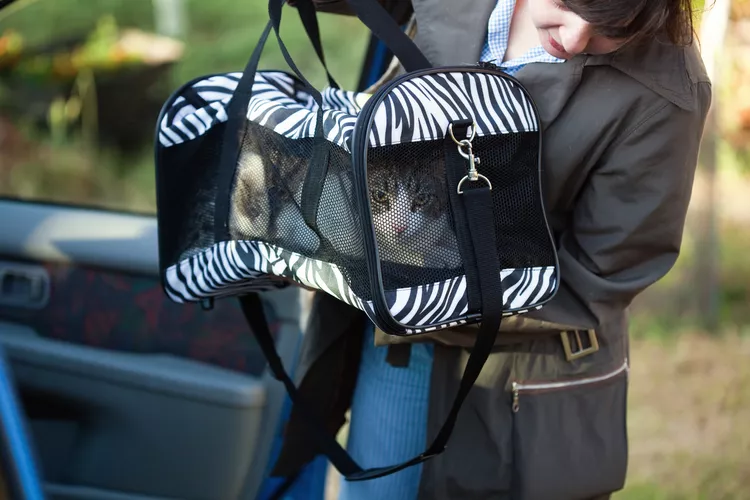
How to Take a Car Trip With Your Cat
Think you can't travel with your cat? Think again! Traveling with your cat just takes a little preparation and planning. Here's how.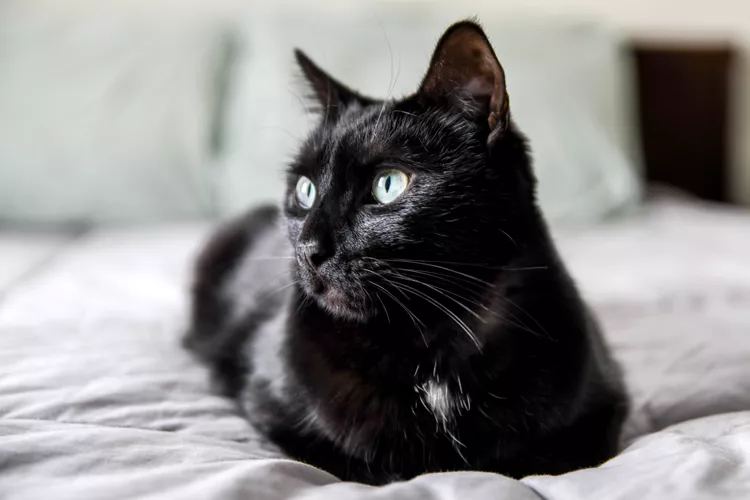
How to Determine Your Cat's Age
Determining the age of an adopted cat is just guesswork, but a vet can look at teeth, sexual maturity, fur coat, and eyes to estimate.
Cat Food Ingredients to Avoid
When checking the nutrition content of cat food, look for ingredients that are not healthy or show it is of poor quality. Avoid these 3 ingredients.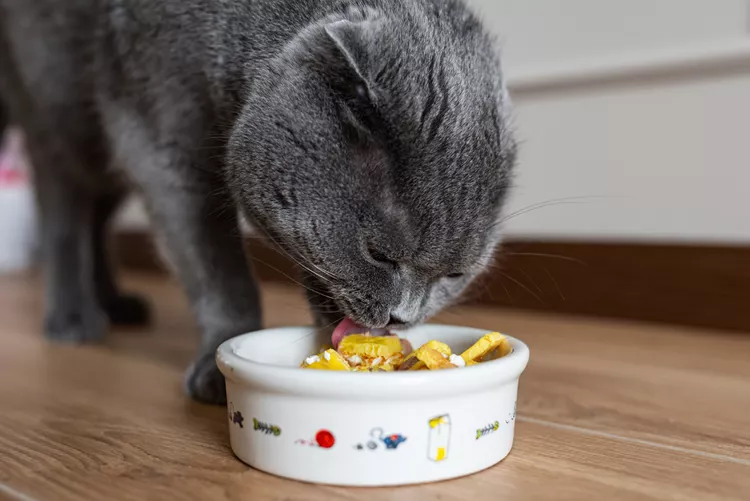
What You Need to Know About Homemade Cat Food
If you want to cook for your cat, make sure to read about the risks associated with homemade diets for cats
Can Dogs Eat Raw Chicken Feet?
What are the potential health benefits of chicken feet for dogs? What are the risks?
Macadamia Nuts and other Nuts That Are Toxic to Dogs
Find out why macadamia and other nuts are poisonous to dogs, what signs to look for, and what is needed to treat the toxicity.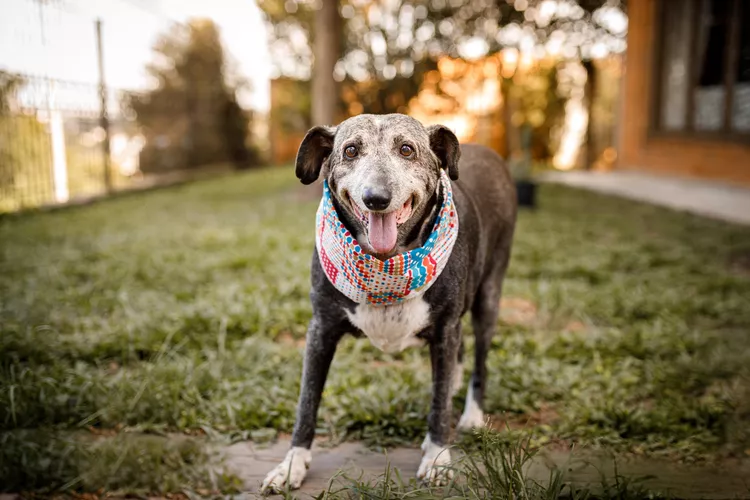
10 Tips for Taking Care of a Senior Dog
Is your dog a senior? Changes to their diet, exercise, and care are required. Here's how to make sure they're living their best and healthiest life.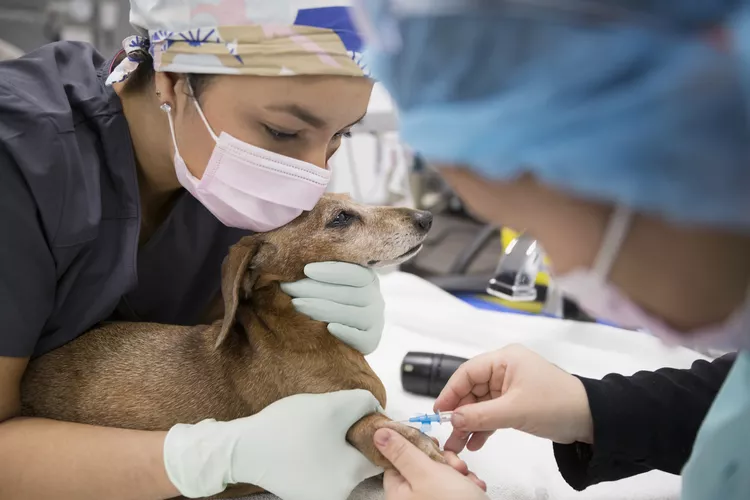
Hookworms in Dogs
Hookworms can make a dog uncomfortable but may also lead to serious blood loss and anemia. Learn the causes, treatment, and prevention.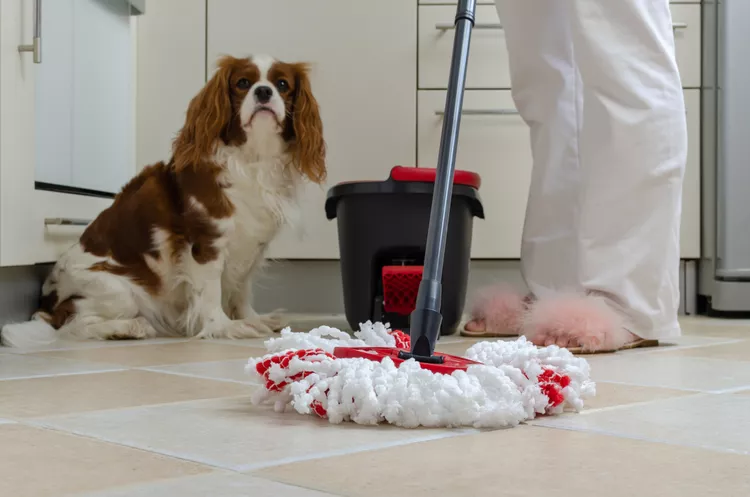
Is Swiffer WetJet Safe to Use Around My Pet?
ASPCA toxicologists deemed Swiffer WetJet to be safe for use around pets, but there are other all-natural floor cleaning options available.
Can Dogs Eat Bread?
Is bread a safe snack for you dog? Are there kinds of bread you should avoid? Learn more about whether it's okay to feed your dog bread.
14 Hypoallergenic Cat Breeds for People With Allergies
There are no true hypoallergenic cat breeds. But some, such as the Siamese and Siberian, might be less likely to cause allergies than others.
Burmilla: Cat Breed Profile, Characteristics & Care
The playful and social burmilla is one of the newest cat breeds to be officially recognized by the CFA. Learn about burmilla breed.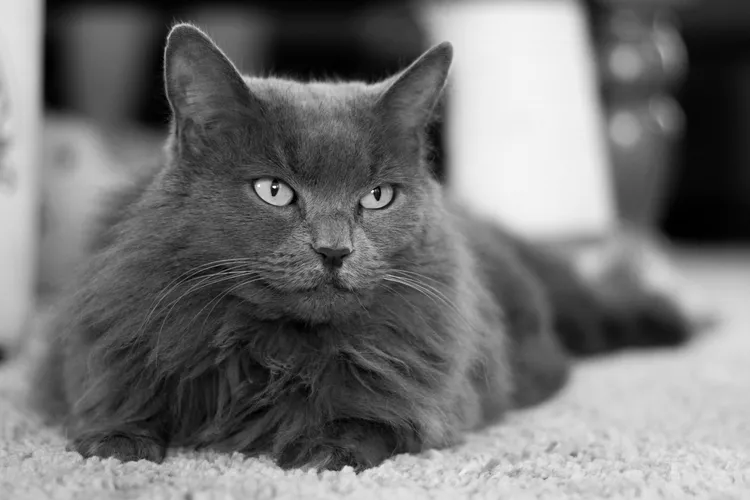
Nebelung: Cat Breed Profile, Characteristics & Care
The Nebelung is a rare breed of domestic cat that’s known for their long gray-blue fur and gorgeous green eyes. Learn about the Nebelung cat breed.
Cymric: Cat Breed Profile, Characteristics & Care
The Cymric, a long-haired Manx, is one of the world's oldest cat breeds. This tailless cat is friendly and playful. Learn about the Cymric breed.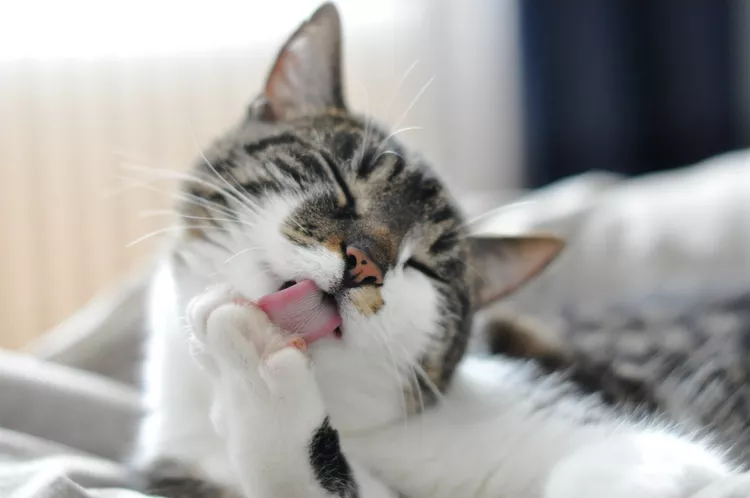
Here's Why Cats Groom Themselves
Learn all about cats' grooming habits: how and why cats groom, including mutual grooming, over-grooming, and displacement grooming!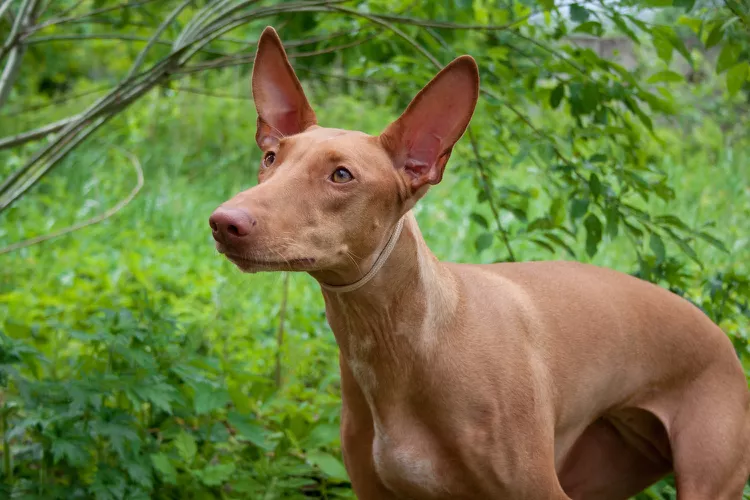
Pharaoh Hound: Dog Breed Characteristics & Care
Learn all about the Pharaoh hound, a sight hound dog breed known for their slim appearance and the ability to blush when excited.
How to Walk Your Dog
Dog walks should be fun for your dog while respecting your community. Learn why walking your dog is important and get essential safety and training tips.
How to Stop Your Dog From Whining
Whining is a natural way for your dog to communicate with you. Explore the reasons dogs whine and how to discourage your dog from whining too much.
How to Stop Your Dog From Barking Excessively
All dogs bark, but excessive barking is a behavior problem. Learn how to help stop excessive barking and prevent it from happening all the time.
How to Train Your Dog to Live With Another Dog
When you add a second dog to your household, it's natural that there will be an adjustment period. Learn how to get two dogs to become acquainted.